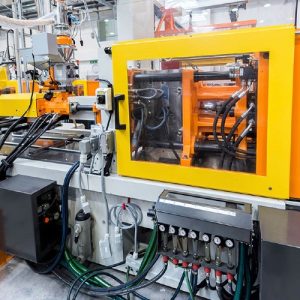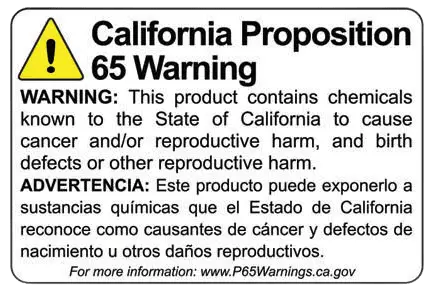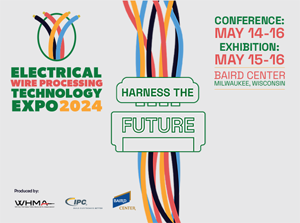 There’s a lot of room for expensive errors when it comes to injection molding. Quality issues in injection-molded products can range from minor surface defects to more serious problems that can affect the safety, performance, and function of the product.
There’s a lot of room for expensive errors when it comes to injection molding. Quality issues in injection-molded products can range from minor surface defects to more serious problems that can affect the safety, performance, and function of the product.
Let’s look at the most common quality defects related to injection molding, what causes them, and what you can do to prevent them. If you have any questions or concerns, be sure to contact Nu-Tech. We’ll help you with all your injection molding needs.
Flow Lines
Flow lines are most often the result of variations in the cooling speed of the material as it flows in different directions throughout the mold. Differences in wall thickness can also cause the material to cool at different rates, leaving behind flow lines. Flow lines on a plastic injection mold, for example, molten plastic, cools very quickly during the injection process and flow marks are evident when the injection speed is too slow. The plastic becomes partially solid and gummy while still filling the mold, causing the wave pattern to appear.
• Increase the injection speed, pressure, and material temperature to ensure the material fills the mold before cooling
• Round the corners of the mold where wall thickness increases to help keep flow rate consistent and prevent flow lines
• Relocate mold gates to create more distance between them and the mold coolant to help prevent the material from cooling too early during flow
• Increase the nozzle diameter to raise flow speed and prevent early cooling
Burn Marks
The usual cause for burn marks in injection-molded parts is trapped air, or the resin itself, overheating in the mold cavity during the injection. Excessive injection speeds or heating of the material often lead to overheating that causes burns. Consider the following preventative measures to avoid burn marks in molded components:
• Lower the melt and mold temperature to prevent overheating
• Reduce the injection speed to limit the risk of trapping air inside the mold
• Enlarge gas vents and gates to allow trapped air to escape the mold
• Shorten the mold cycle time so that any trapped air and resin don’t have a chance to overheat
Warping
One of the main causes for warping in injection-molded plastic and similar materials is that cooling happens too quickly. A warped injection-molded part. Often excessive temperature or low thermal conductivity of the molten material can worsen the problem. Other times mold design can contribute to warping when the walls of the mold are not of uniform thickness—shrinkage increases with wall thickness. Here are some common ways to prevent warping in your molded parts:
• Ensure the cooling process is gradual and long enough to prevent uneven stresses on the material
• Lower the temperature of the material or mold
• Try switching to a material that shrinks less during cooling (e.g. particle-filled thermoplastics shrink much less than semi-crystalline materials or unfilled grades)
• Redesign the mold with uniform wall thickness and part symmetry to ensure greater stability in the part during cooling
Wield Lines
Two or more fronts of polymer or other molten material need to maintain a certain temperature when colliding. Weld lines on a plastic injection mold. Otherwise, they become partially solidified and won’t sufficiently bond where they meet, resulting in weld lines. Common remedies for weld lines in molded parts include:
• Increase material temperature to prevent partial solidification
• Raise injection speed and pressure to limit cooling before the material has filled the mold
• Redesign the mold to eliminate partitions
• Switch to a material with a lower melting temperature or viscosity to allow faster flow and prevent early cooling


